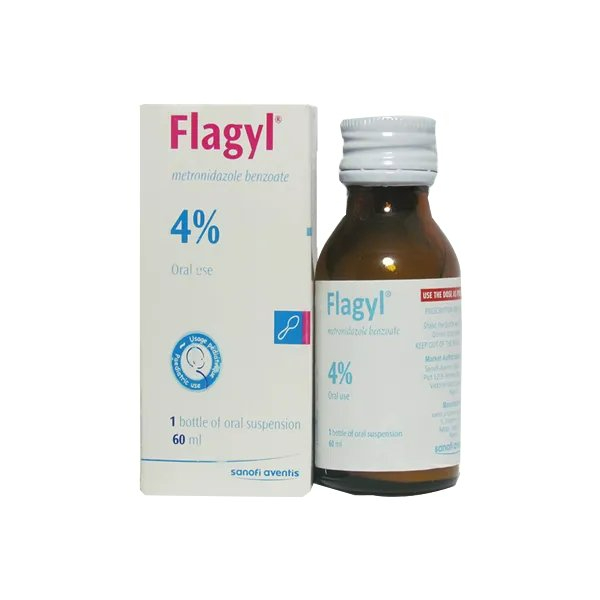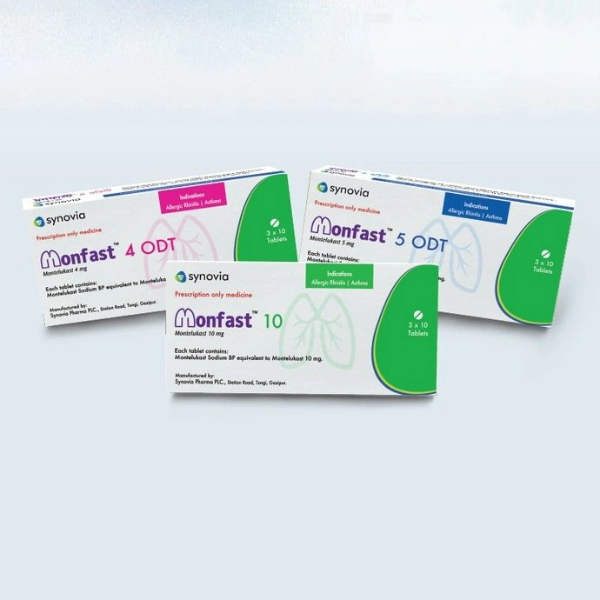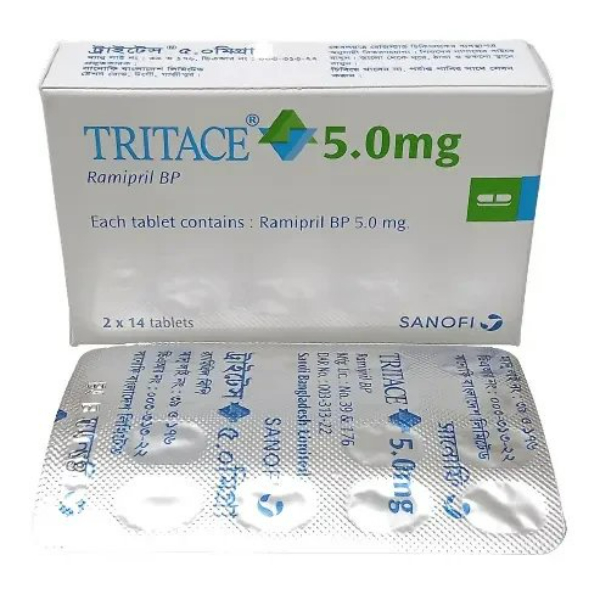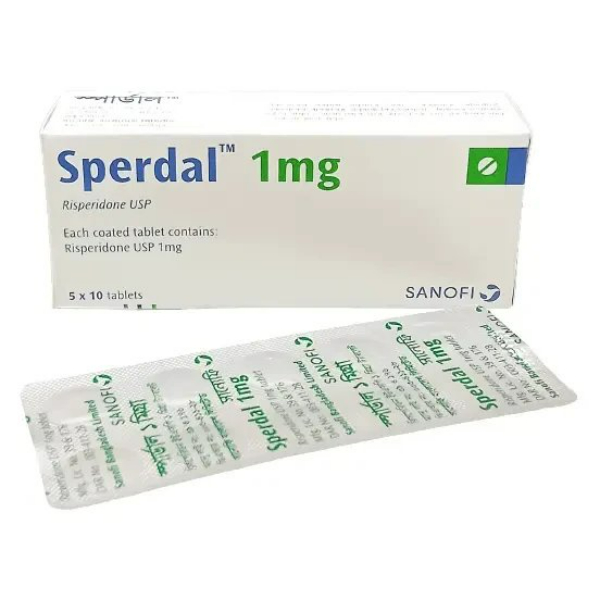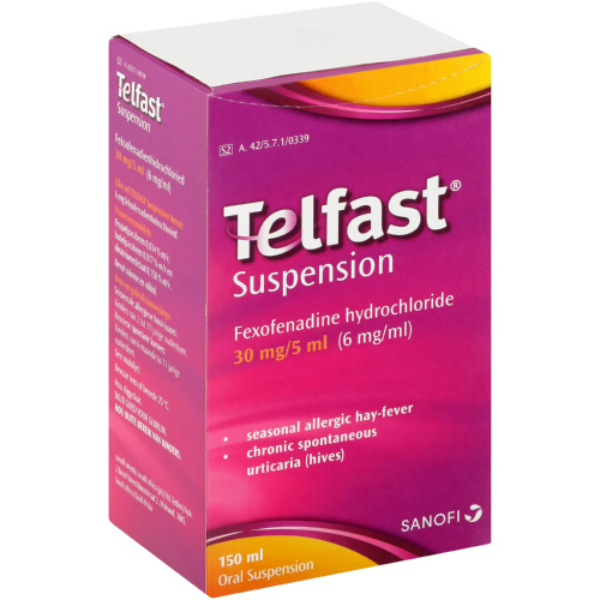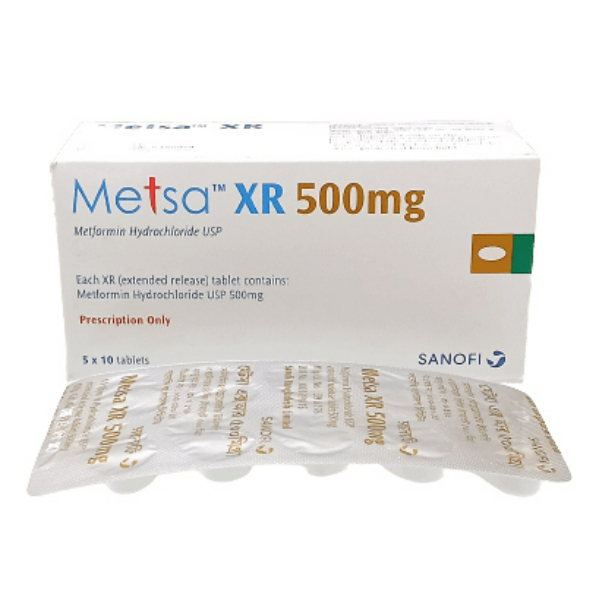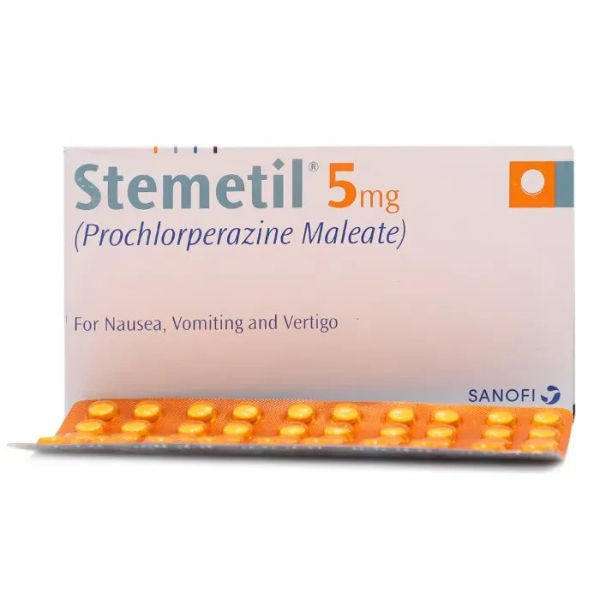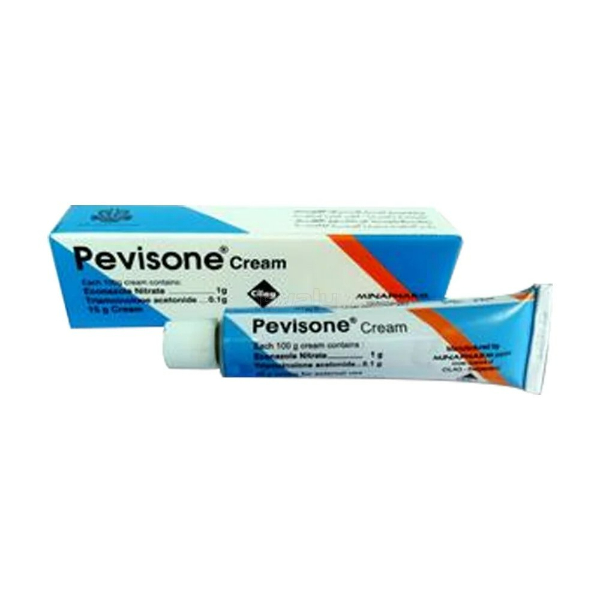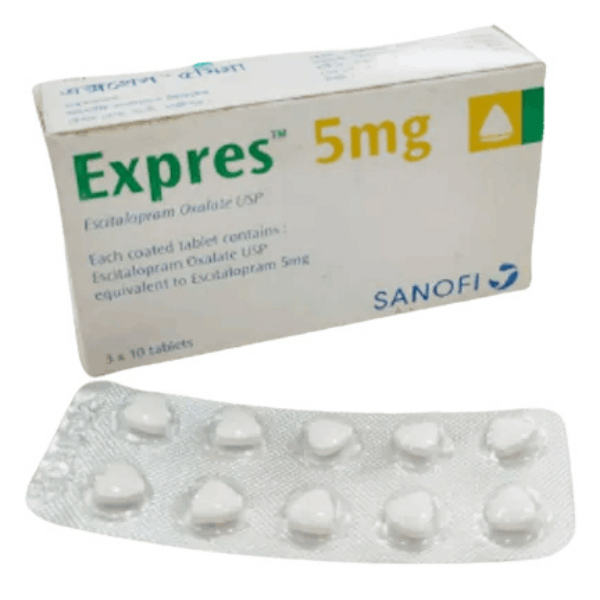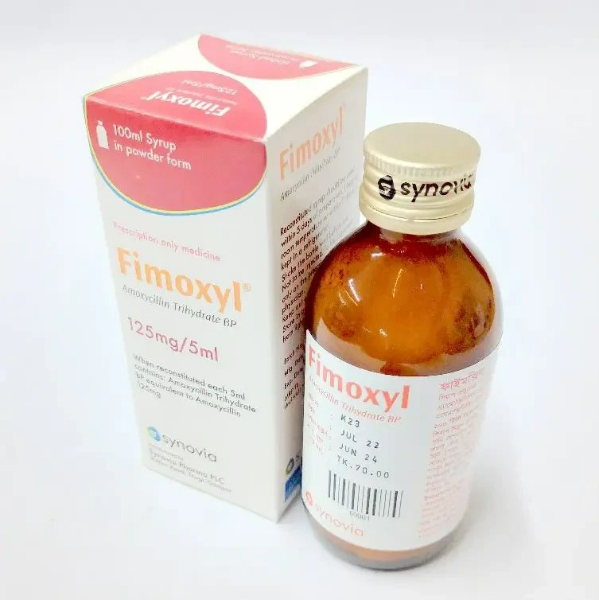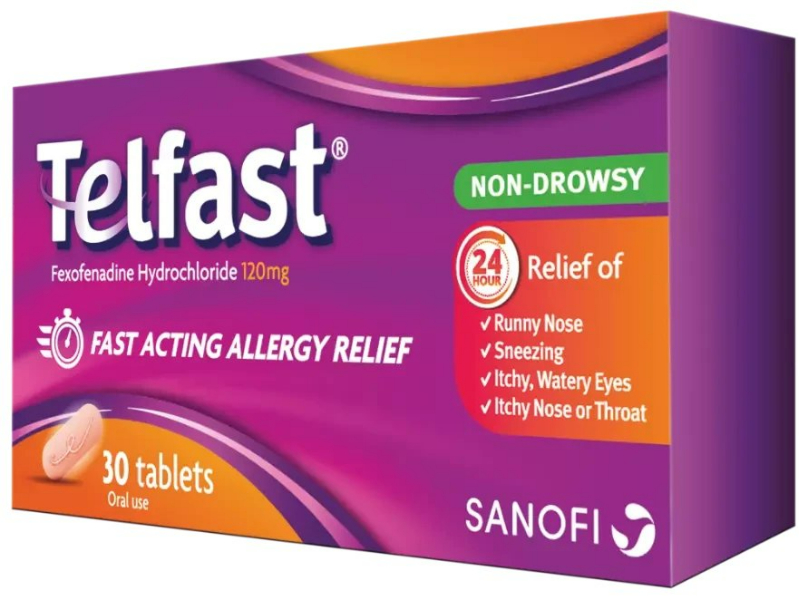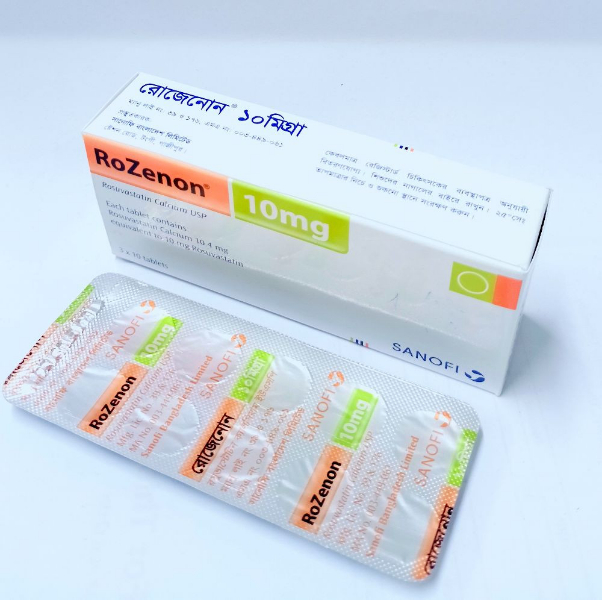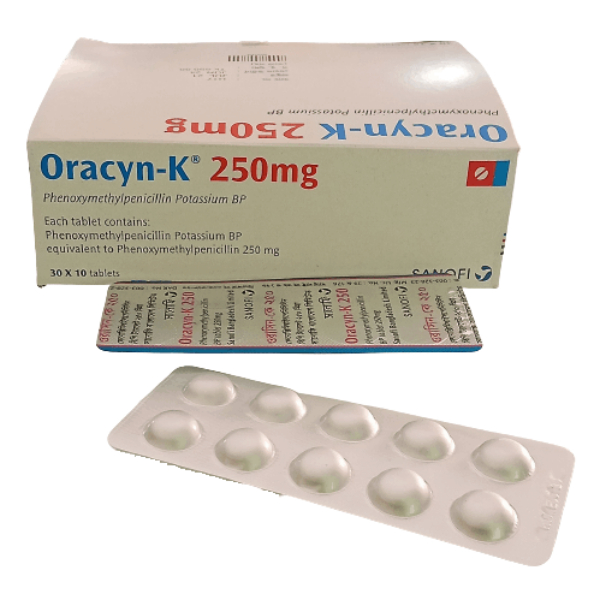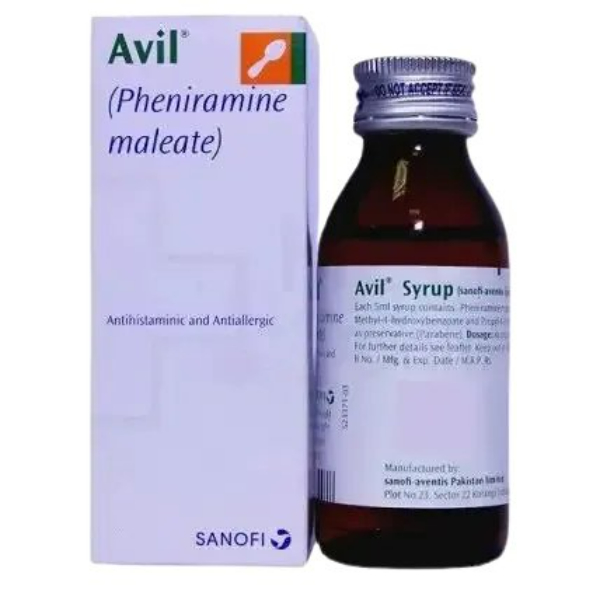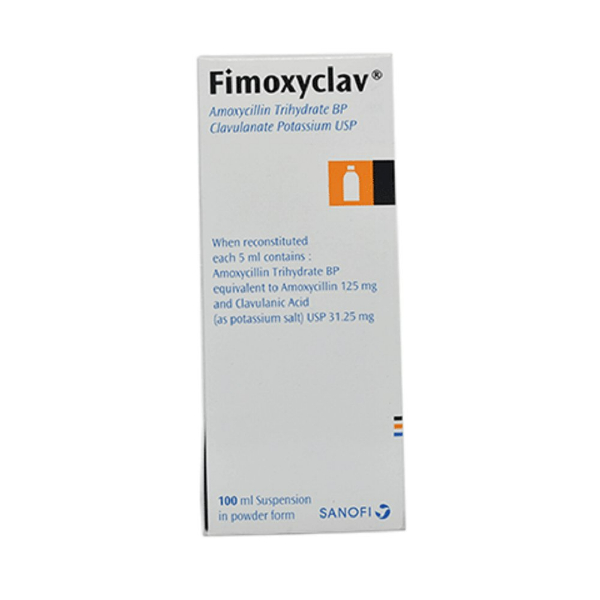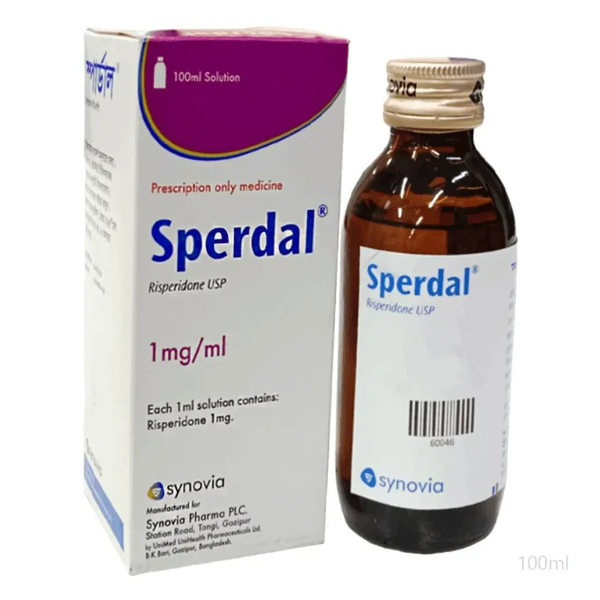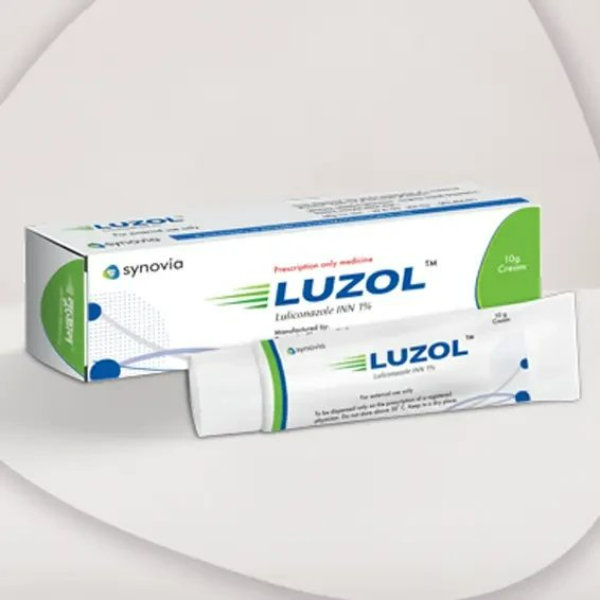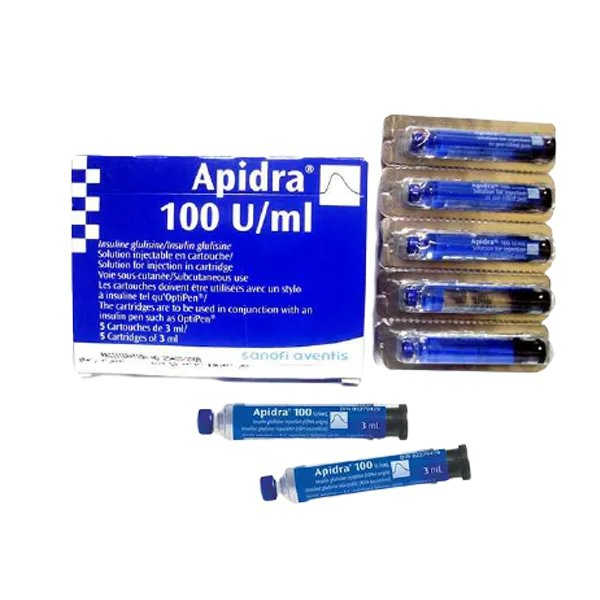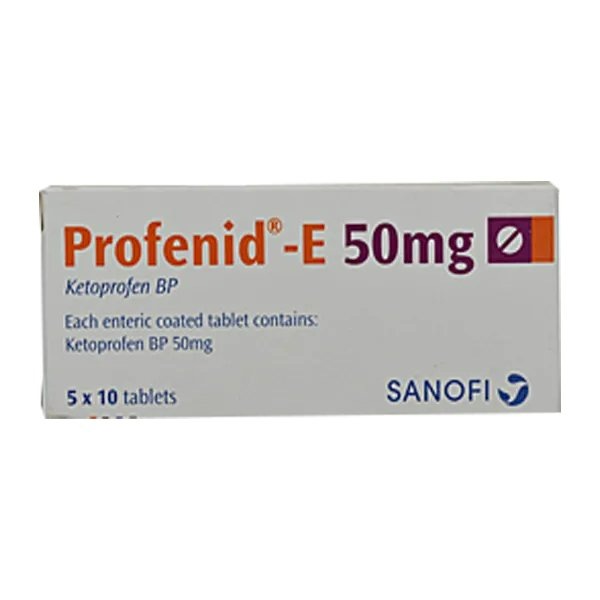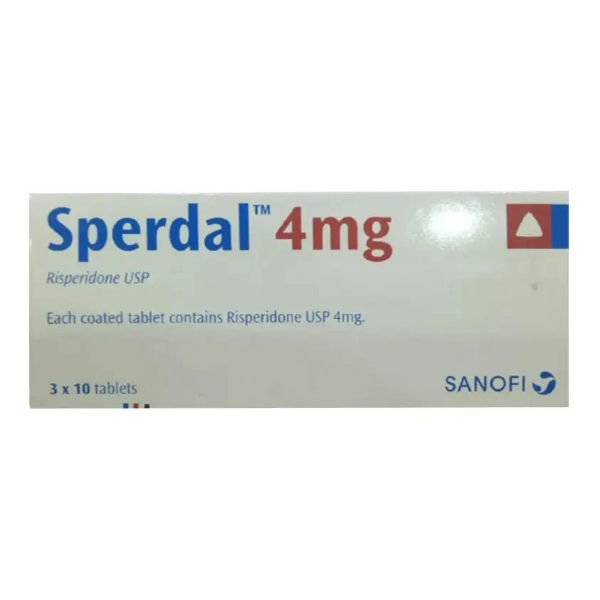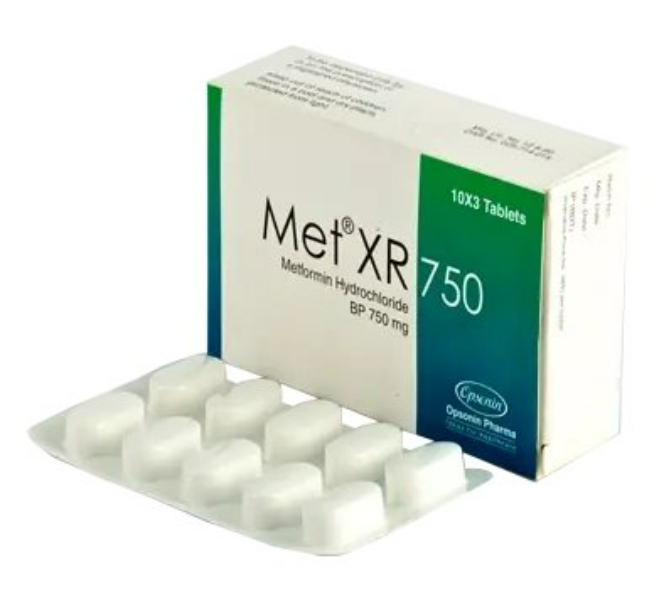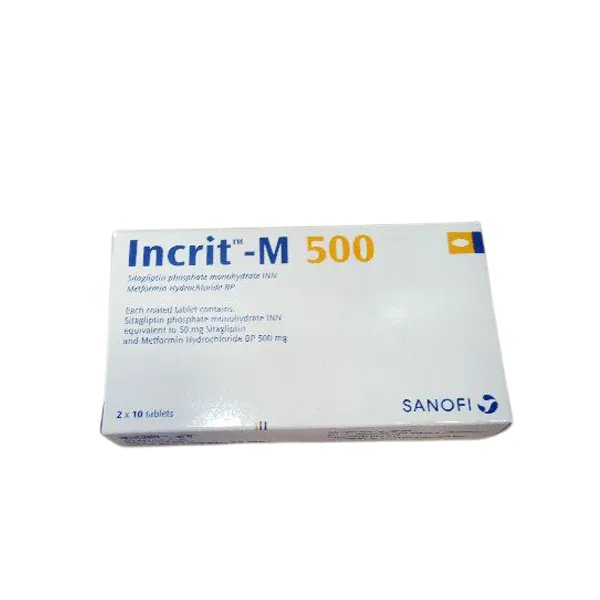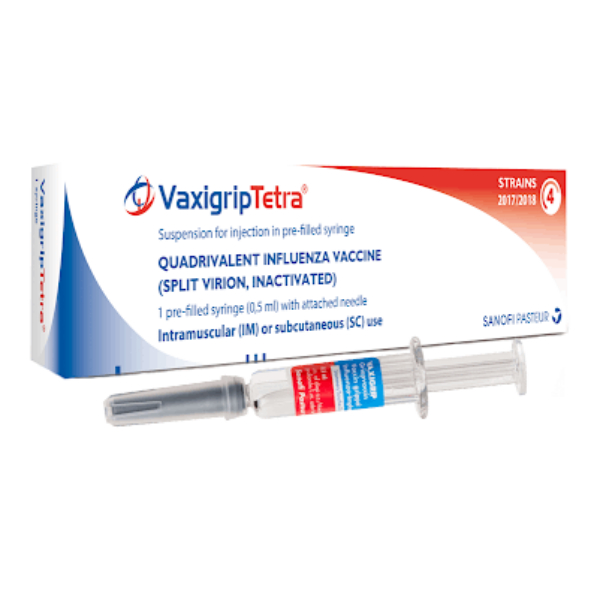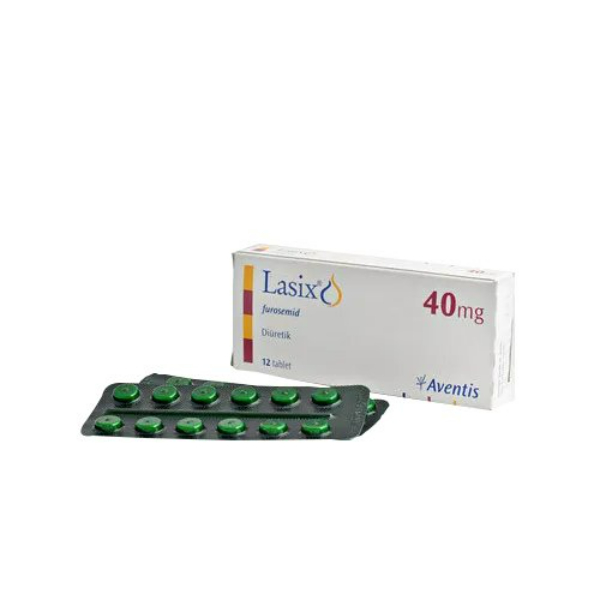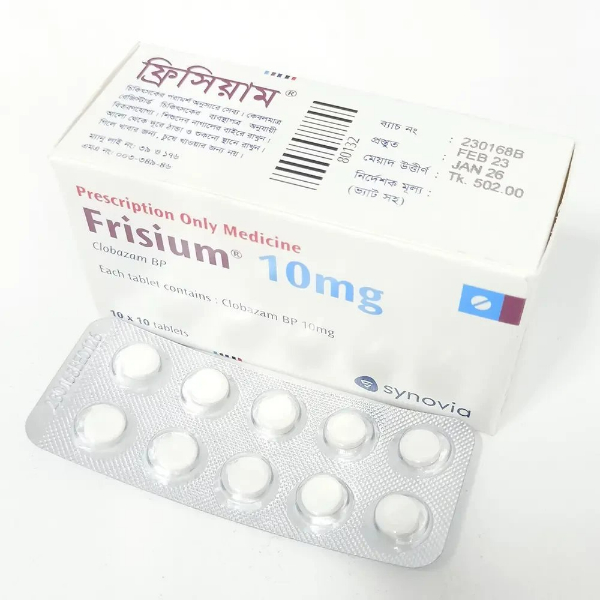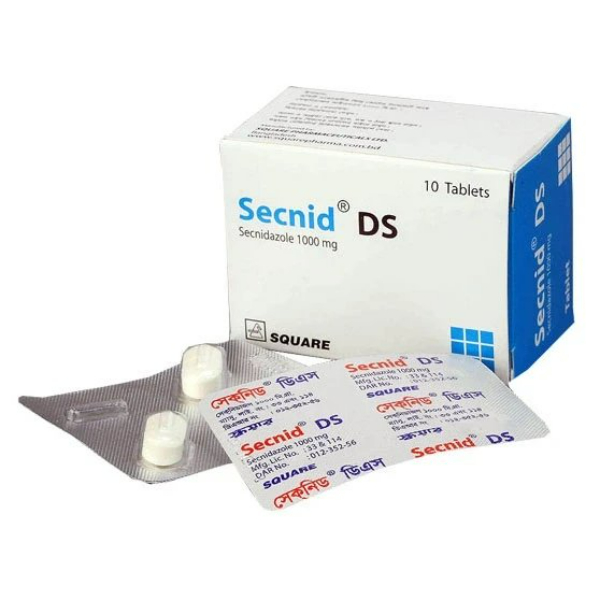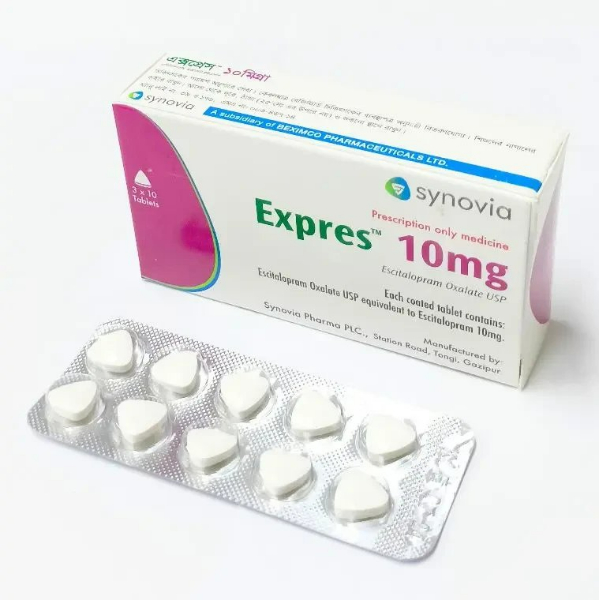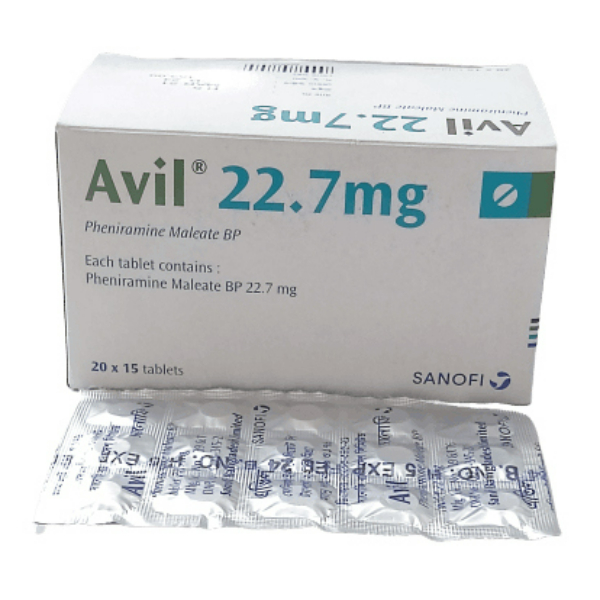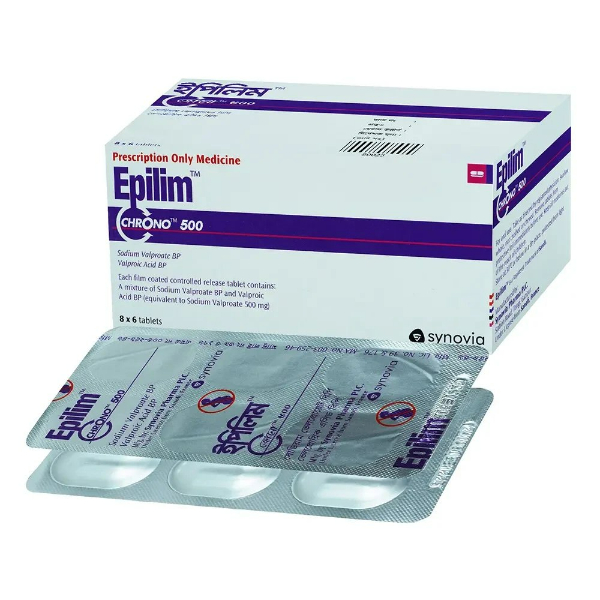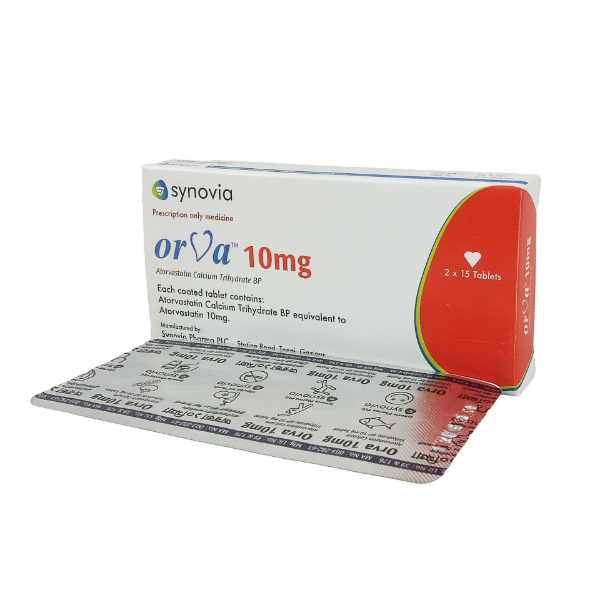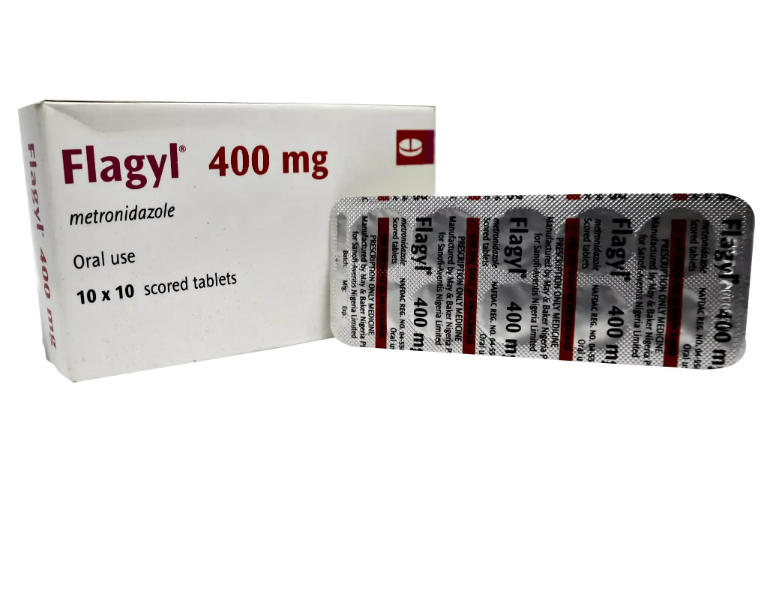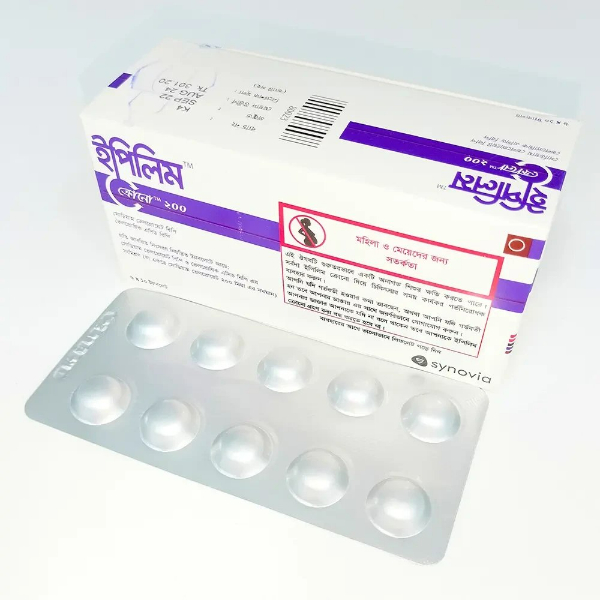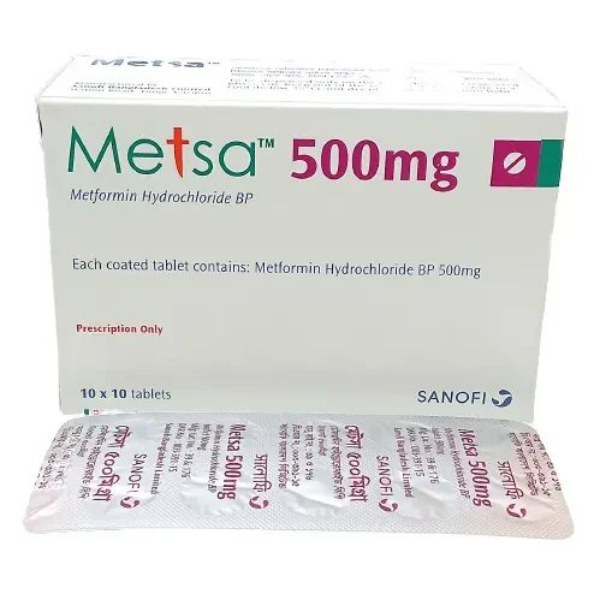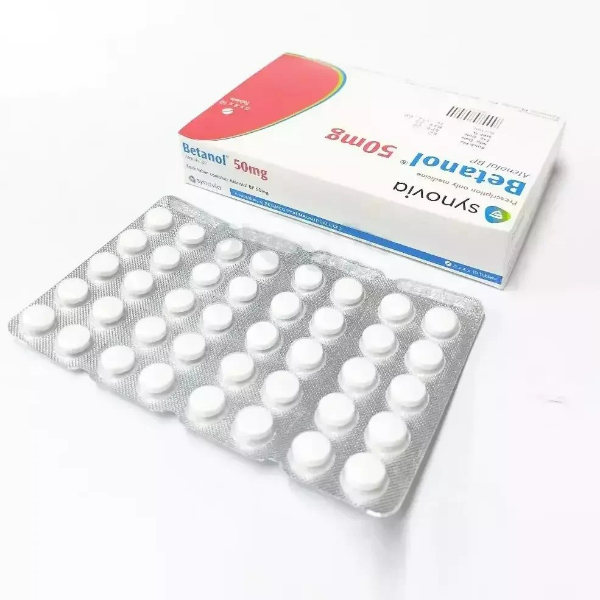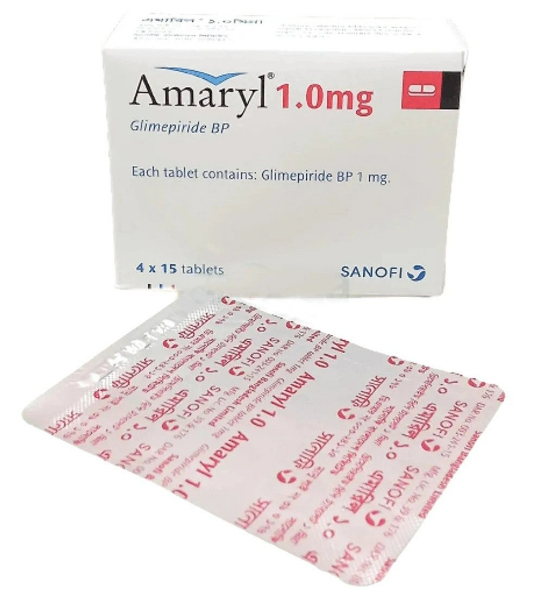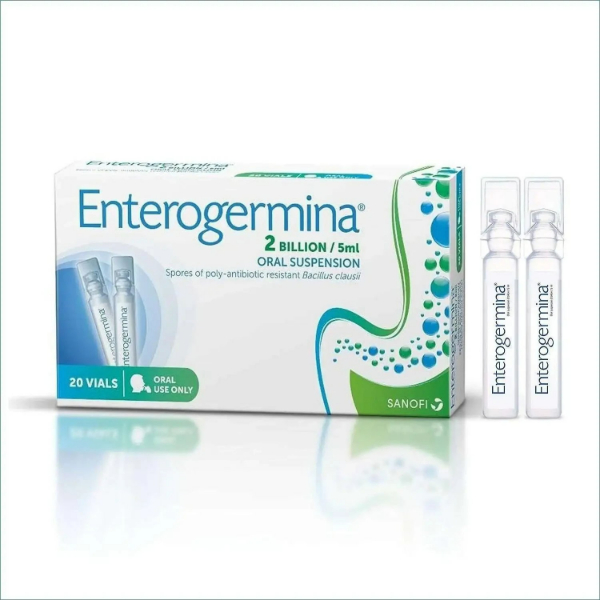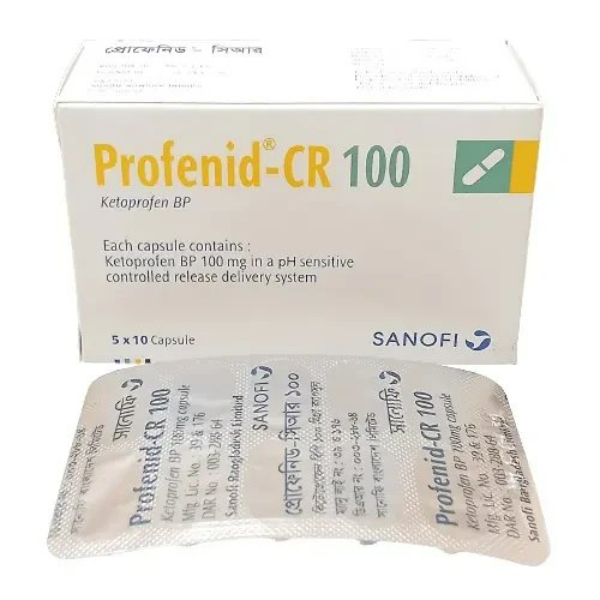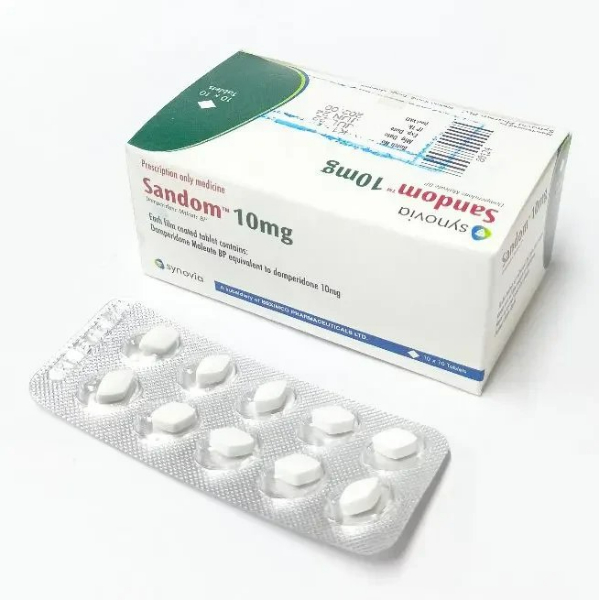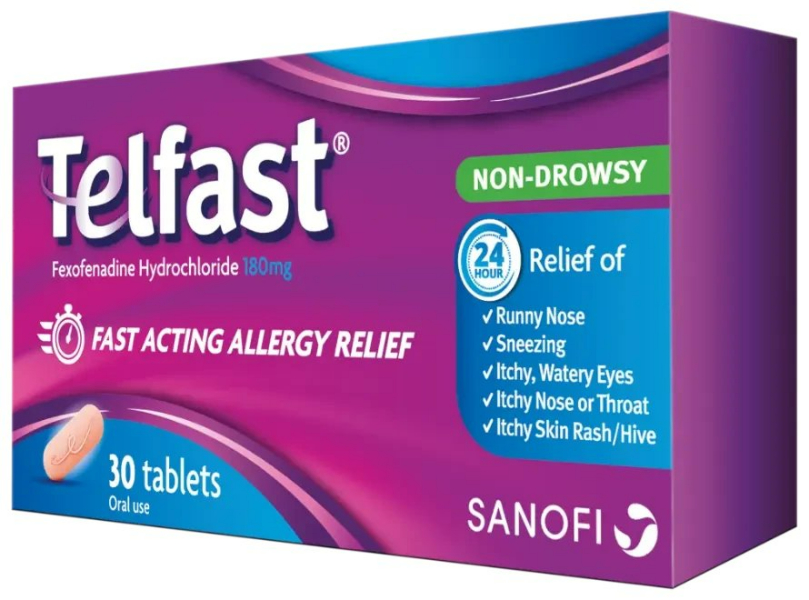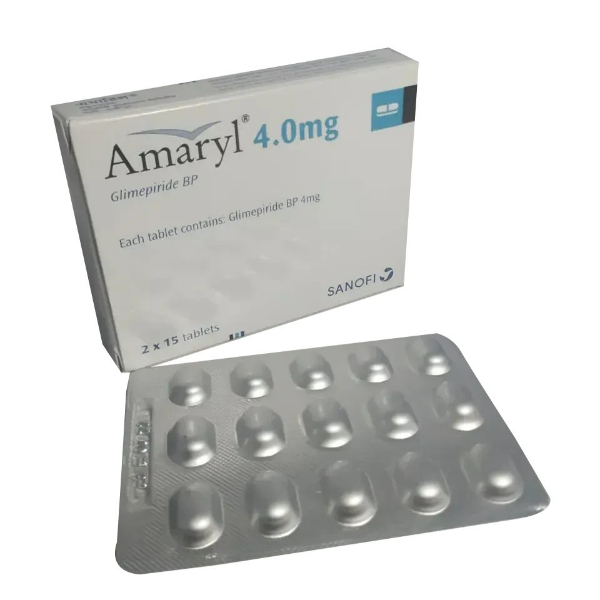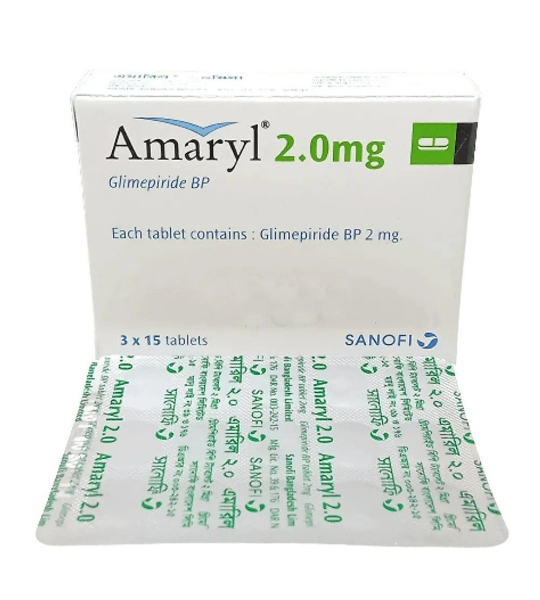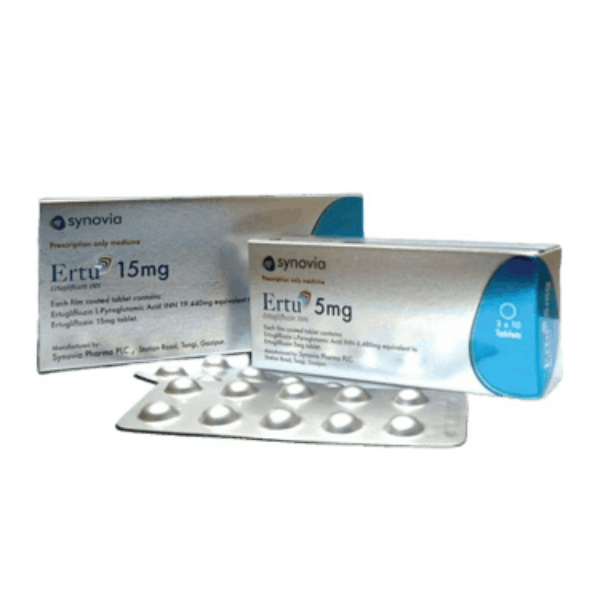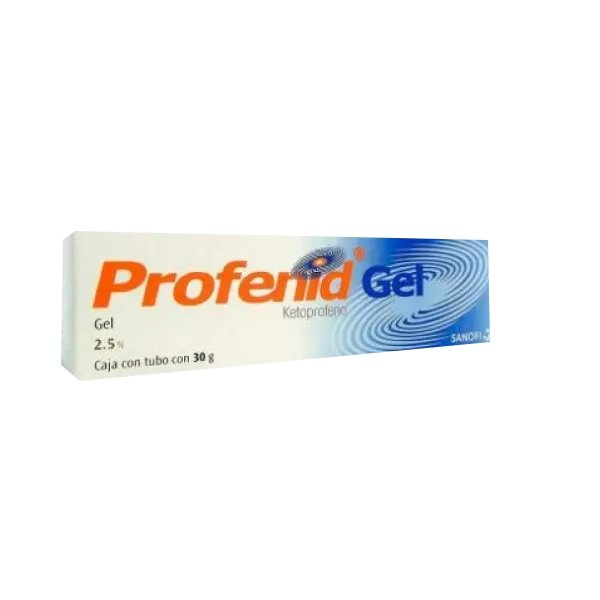Description
• রেজিস্টার্ড চিকিৎসকের পরামর্শ মোতাবেক ঔষধ সেবন করুন।
Indications:
TRITACE 2.5 MG is commonly prescribed for:
-
Hypertension (High Blood Pressure): Helps lower high blood pressure, reducing the risk of strokes, heart attacks, and kidney problems.
-
Heart Failure: Assists in reducing the workload on the heart by relaxing blood vessels, which helps the heart pump blood more efficiently.
-
Post-Myocardial Infarction (Heart Attack): Used in the management of patients who have had a heart attack to improve survival and reduce complications.
TRITACE 2.5 MG is an ACE inhibitor, which blocks the action of the enzyme Angiotensin-Converting Enzyme (ACE), responsible for narrowing blood vessels. By blocking this enzyme, TRITACE helps dilate the blood vessels, reducing blood pressure and making it easier for the heart to pump blood.
Pharmacology:
TRITACE 2.5 MG contains Ramipril, which is an ACE inhibitor. It works by inhibiting the ACE enzyme that converts angiotensin I to angiotensin II, a substance that constricts blood vessels. By blocking this conversion, Ramipril helps in relaxing the blood vessels, thus lowering blood pressure and improving the heart's ability to pump blood. The drug also reduces the risk of heart failure and kidney damage in hypertensive and heart failure patients.
Dosage:
-
For Hypertension (High Blood Pressure):
The starting dose is typically 2.5 mg once daily. The dose may be increased gradually depending on the patient's response, up to a maximum of 10 mg per day. -
For Heart Failure:
The usual dose is 2.5 mg once daily, which may be increased gradually under the supervision of a doctor. -
Post-Myocardial Infarction:
The dose is typically 2.5 mg once daily and can be increased based on the patient's tolerance and condition.
Always follow your doctor’s instructions for dosage.
Administration:
-
Take TRITACE 2.5 MG orally with or without food.
-
Swallow the tablet whole with a glass of water. Do not crush or chew the tablet.
-
Take the medication at the same time each day for consistent blood pressure management.
Interaction:
-
Diuretics: Concomitant use with diuretics can enhance the blood pressure-lowering effect, which may cause dizziness or fainting, especially when standing up.
-
Potassium supplements or potassium-sparing diuretics: Using these with TRITACE may lead to an increase in potassium levels, which can be dangerous.
-
NSAIDs (Non-steroidal Anti-inflammatory Drugs): These can reduce the blood pressure-lowering effects of TRITACE and increase the risk of kidney problems.
Always inform your healthcare provider about any other medications you are taking, including over-the-counter drugs, vitamins, and herbal supplements.
Contraindications:
-
Allergic reactions to Ramipril or any of its components.
-
History of angioedema (swelling of deeper skin tissues) due to ACE inhibitors.
-
Severe kidney disease or liver disease.
-
Pregnancy: Should not be used during pregnancy, particularly in the second and third trimesters, as it may harm the fetus.
Side Effects:
Common side effects include:
-
Dizziness or lightheadedness, especially when standing up
-
Fatigue
-
Cough (a common side effect of ACE inhibitors)
-
Nausea or upset stomach
Serious side effects may include:
-
Angioedema (swelling of the face, lips, or tongue)
-
Severe hypotension (low blood pressure)
-
Kidney problems: Reduced urine output, swelling of the legs or feet, or unexplained weight gain
-
Hyperkalemia (high potassium levels)
If any serious side effects occur, seek immediate medical help.
Pregnancy & Lactation:
-
Pregnancy: TRITACE 2.5 MG should not be used during pregnancy, especially during the second and third trimesters, as it may cause harm to the fetus.
-
Lactation: It is not recommended for use during breastfeeding as it can pass into breast milk and may affect the baby.
Therapeutic Class:
Angiotensin-Converting Enzyme (ACE) Inhibitors.
Storage Conditions:
-
Store at room temperature (15–30°C), away from moisture, heat, and direct sunlight.
-
Keep the medication tightly closed in its original container.
-
Keep out of the reach of children.
-
Do not use the medication after the expiration date printed on the packaging.

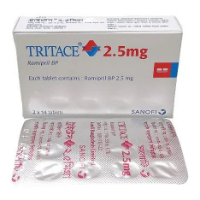
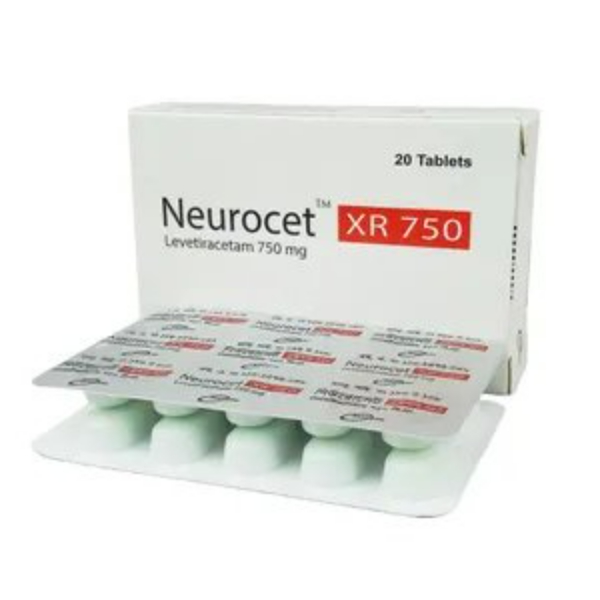
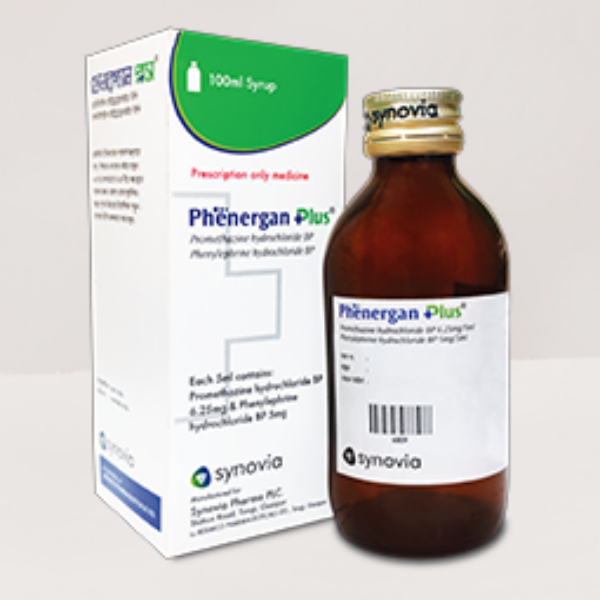
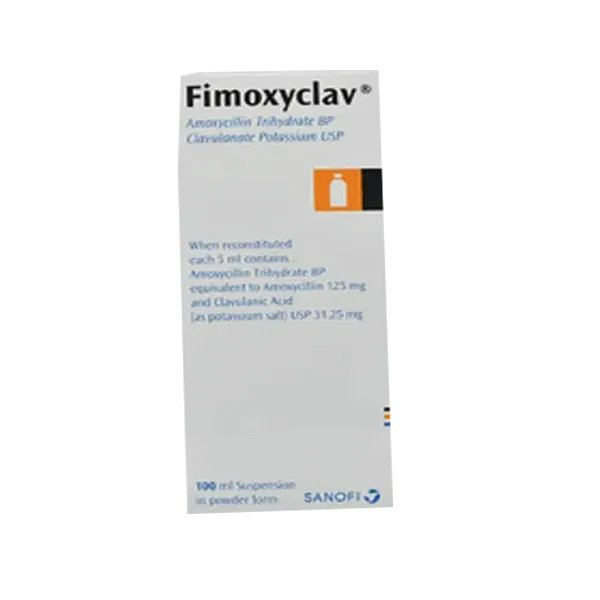
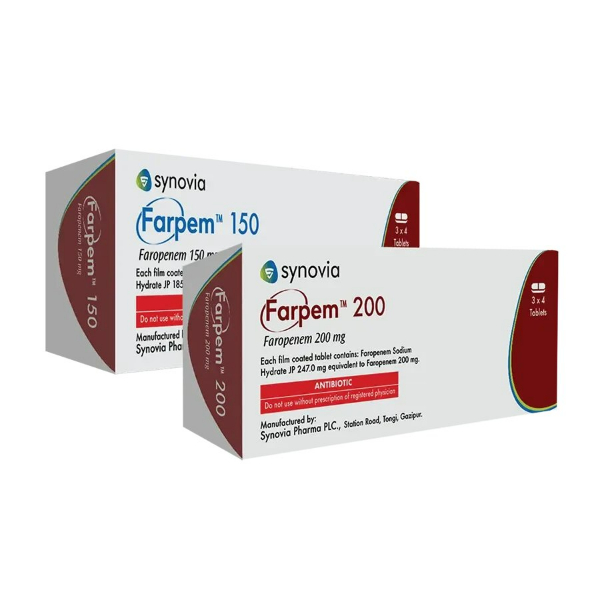
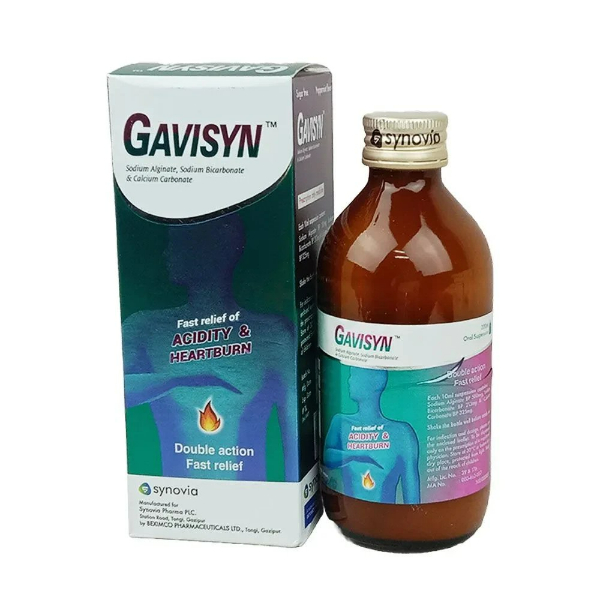
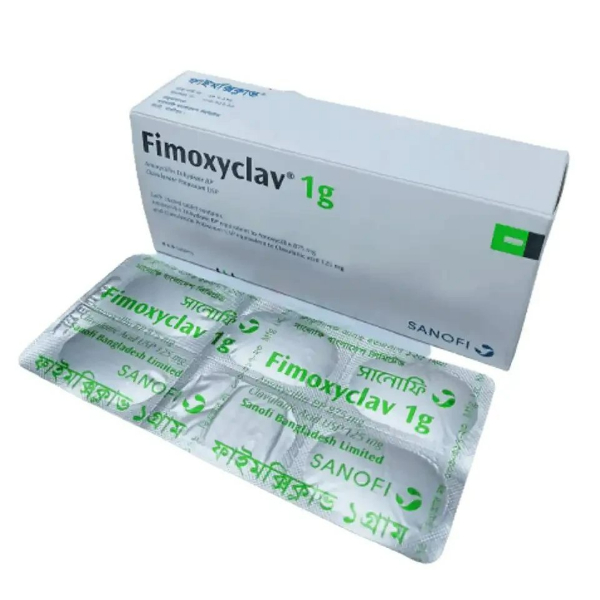

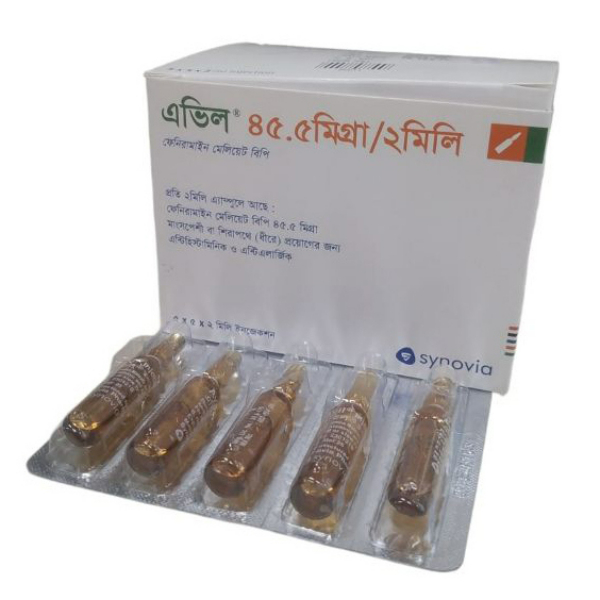
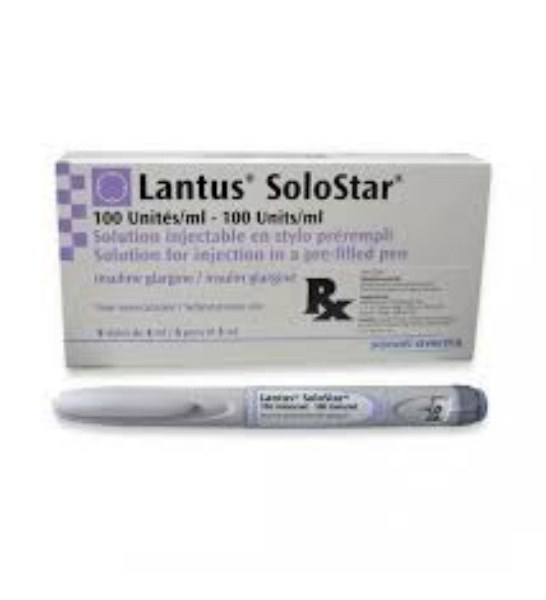
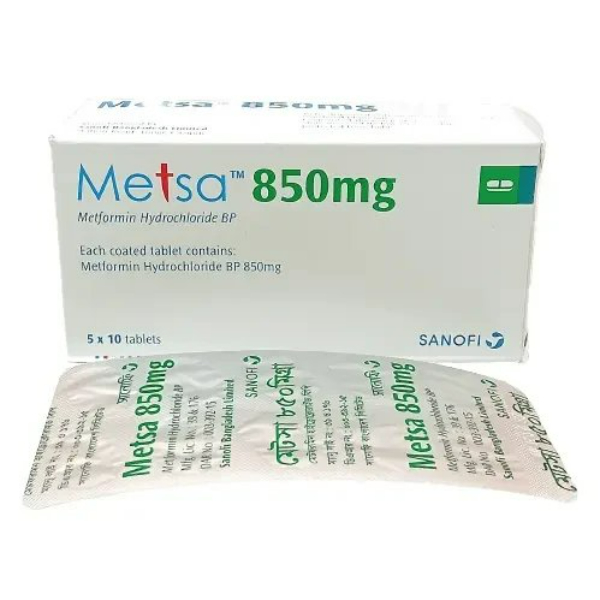
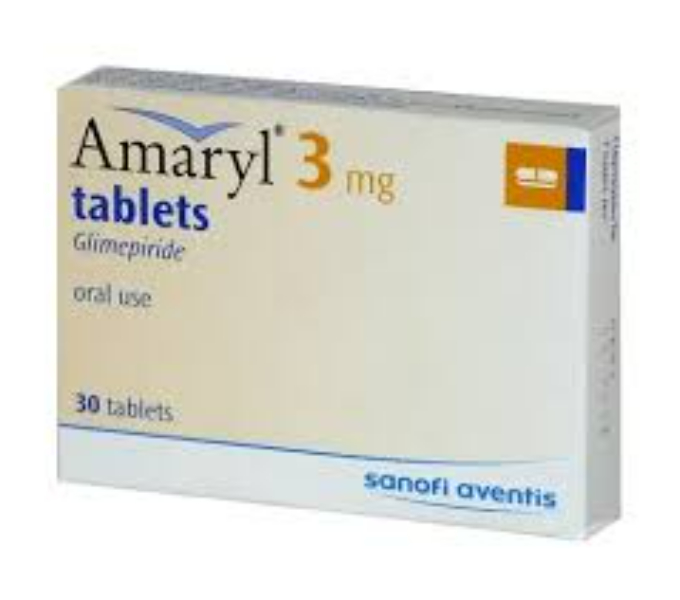
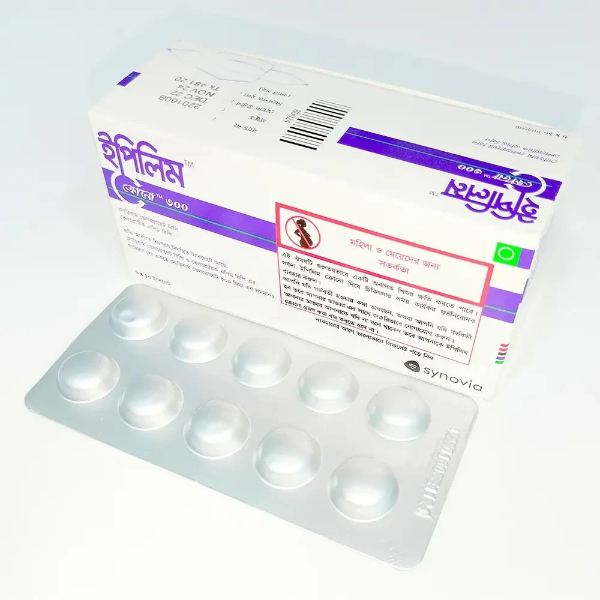
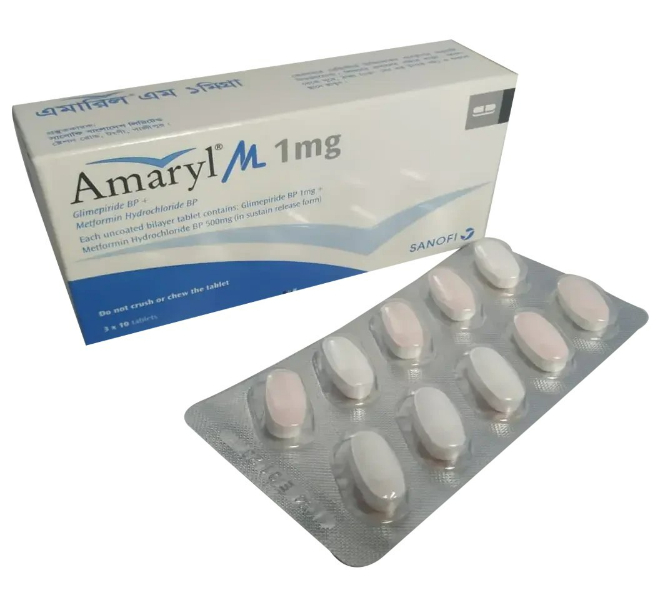

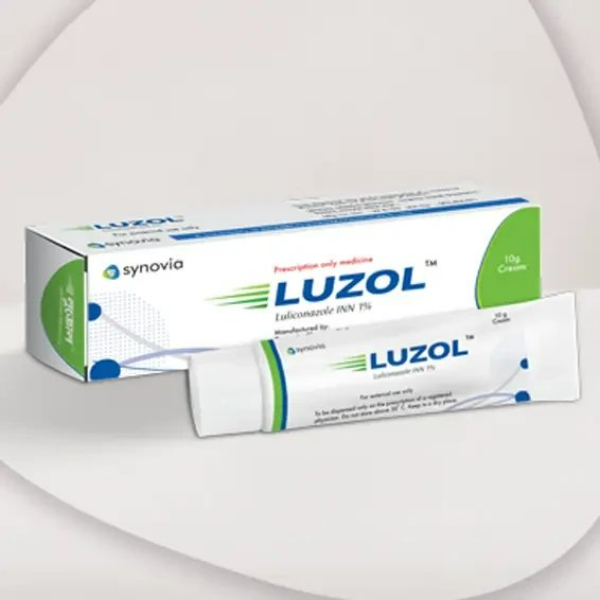
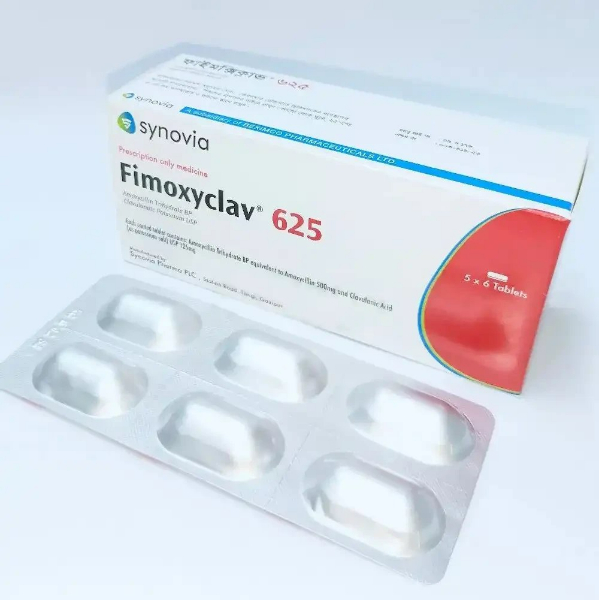
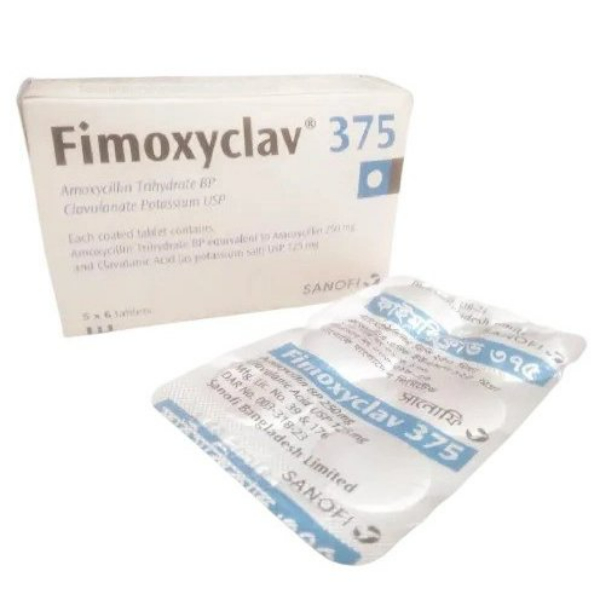
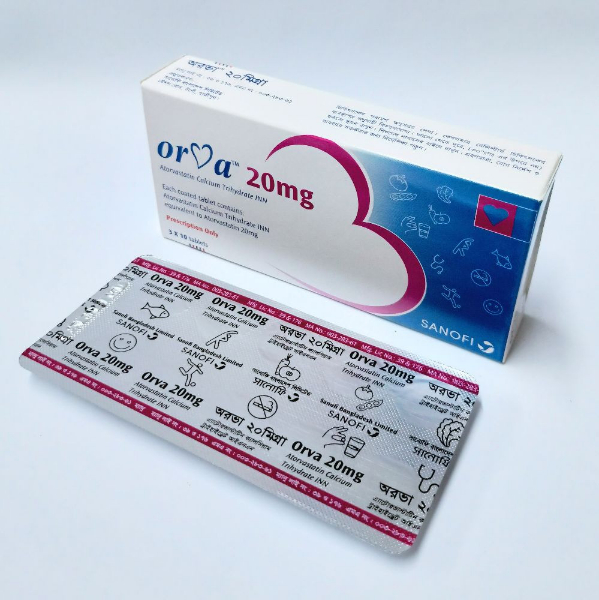
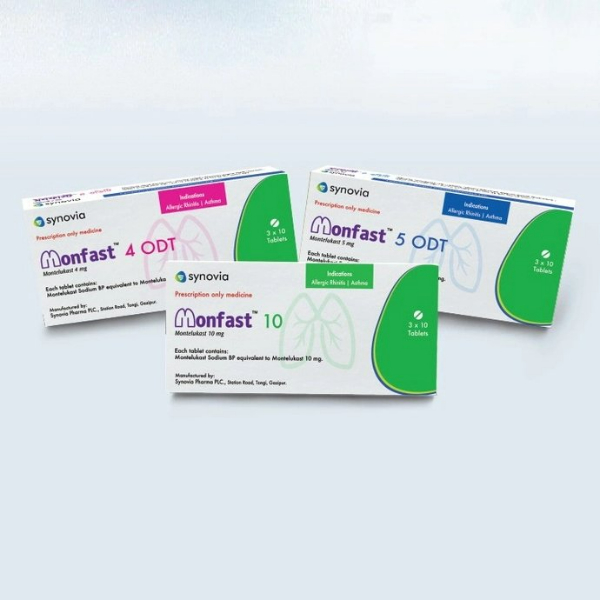
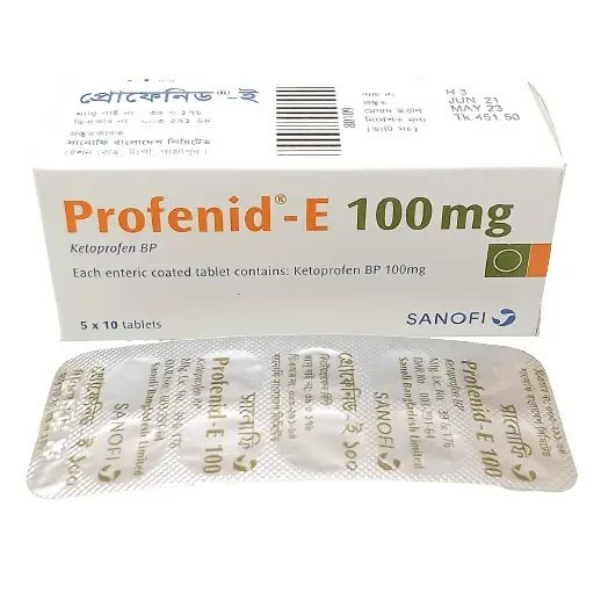
.jpg)
